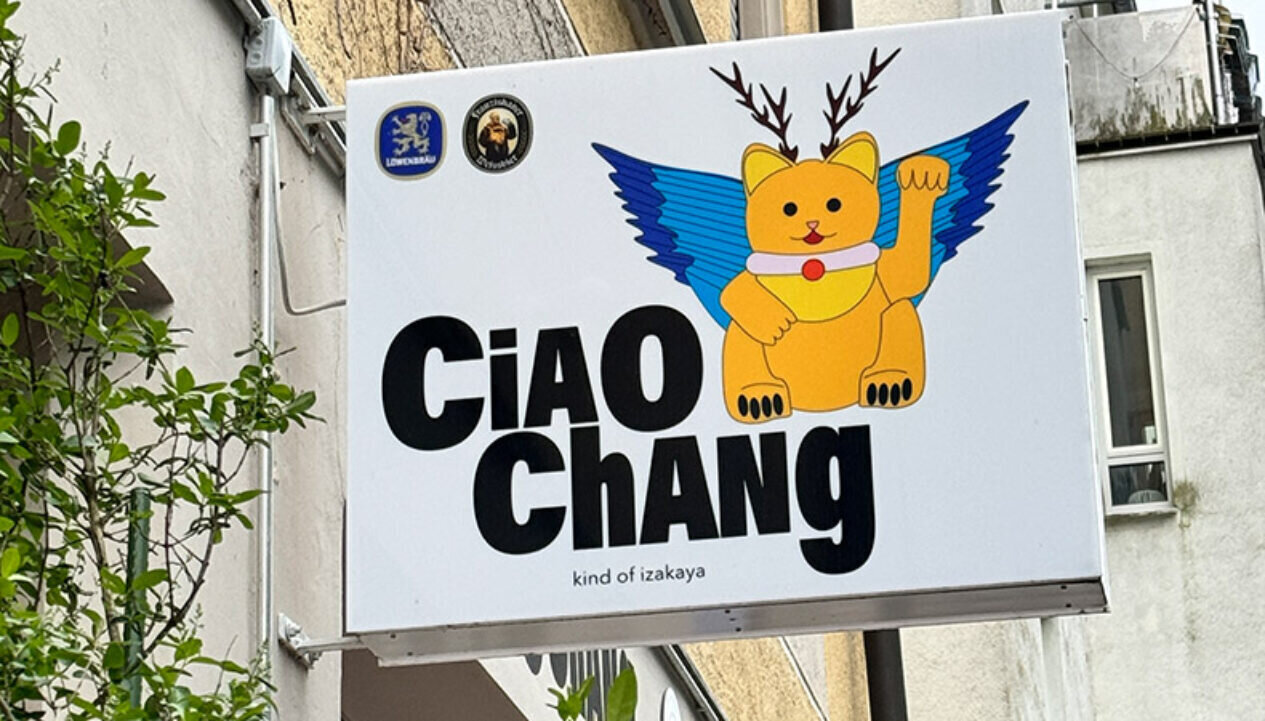
Digital signage has signigicantly evolved over the past few decades and one of the key factors behind this transformation is digital printing. Sonja Angerer discusses what this change means for printers and how they can improve their sales.
Digital printing has not only changed the way digital signage is designed and produced. Technology has also expanded the ways businesses can showcase their brand marketing.
Precision and flexibility in design
Digital printing helps to achieve unprecedented precision and flexibility in the design of digital signage. Traditional printing methods, such as screen printing, are often limited by their technical specifications.
Digital printing can reproduce complex graphics, gradients and high-resolution images without losing quality. This opens a new range of creative options, as it allows designers to develop personalised advertising to meet the client’s requirements.
Historical digital signage (in picture: an example from the 1970s) was quite limited in its design options.
Image Credit: S. Angerer

Cost efficiency and speed through digital printing
Another significant advantage of digital printing is increased cost-efficiency in the production of digital signage. Since no printing plates or elaborate preparations are required, shorter runs can be produced cost-effectively.
This is particularly advantageous for companies that plan frequent changes in their signage or seasonal campaigns at the point of sale. These are important factors when bringing customers back to the stores. In addition, digital printing is faster than analogue technology, resulting in shorter production times.
Personalisation and Targeting
The possibility of personalisation is another clear advantage of digital printing. Companies can optimise their digital signage to attract specific target groups by creating personalised messages and designs.
This increases the relevance and effectiveness of signage and may lead to higher customer loyalty. Retailers can also display personalised offers based on their customers’ location or preferences. The combination of digital signage, software and digitally printed illuminated signage opens up even more possibilities for customer contact points.
Industries with frequent changes, such as hospitality, benefit a lot from digital printing for digital signage.
Image Credit: S. Angerer

Integration of technology
Digital printing also enables the seamless integration of other modern technologies into digital signage, as QR codes and augmented reality (AR) markers can be easily integrated. This can also be used to create interactive and engaging customer experiences. These technologies provide additional opportunities for customer interaction while also enabling retailers to generate more data about customer behaviour.
Quality and durability
The quality and durability of digital signage has improved significantly in recent years. Modern printers and inks offer high colour accuracy and UV resistance.
As a result, printed signage today is durable and weatherproof, and is suitable for outdoor use. However, it is quite possible that the increased UV radiation caused by climate change might cause any kind of signage to deteriorate faster in Central Europe than expected.
Sustainability and the Environment
As sustainability is becoming more important, digital printing also offers ecological advantages. Compared to analogue printing technologies, digital printing uses fewer resources and generates less waste.
In addition, environmentally friendly inks and materials can be used to further reduce impact on the environment. This allows companies to reduce their environmental footprint while producing high-quality digital signage.
In combination, wide-format digital printing and digital signage can be used to create spectacular designs.
Image Credit: S. Angerer

New design possibilities in digital signage
Digital printing has fundamentally changed digital signage and offers several benefits ranging from precise design and cost-effectiveness to sustainability and personalisation.
Companies that use this technology can not only make their signage more effective and creative, but also reduce their environmental footprint and better target their customers. The integration of modern technology also offers new possibilities for interactive and engaging signage experiences.
Printers are well-advised to focus on digital signage even more. Especially in retail and casual dining with their often-fast succession of business concepts, digitally printed backlit frames or light boxes are very suitable for communication.
In most cases, the machines required to produce digital signage, as well as skilled workers are already available to printers with an existing focus on sign-making. However, in some countries there are local laws that should be considered regarding electric wiring, so printers are always advised to double-check.
Overall, digital printing is an indispensable tool for modern digital signage production and will continue to play a central role in the sign-making industry in the future.
To discover the latest content that covers a wide range of sectors including digital signage and digital printing sign up for FESPA’s free monthly newsletter FESPA World available in English, Spanish and German.